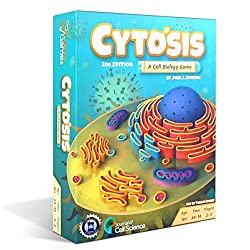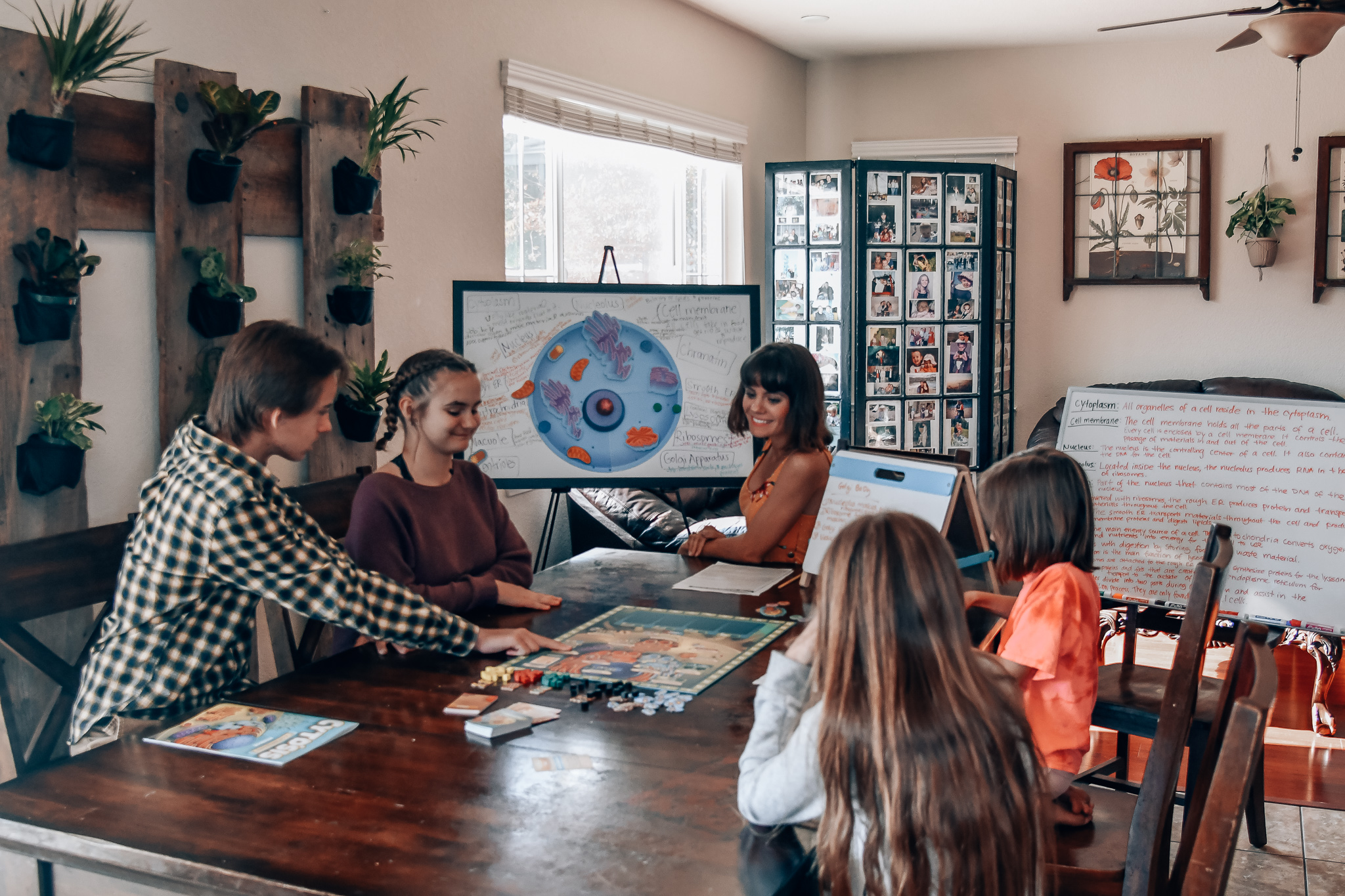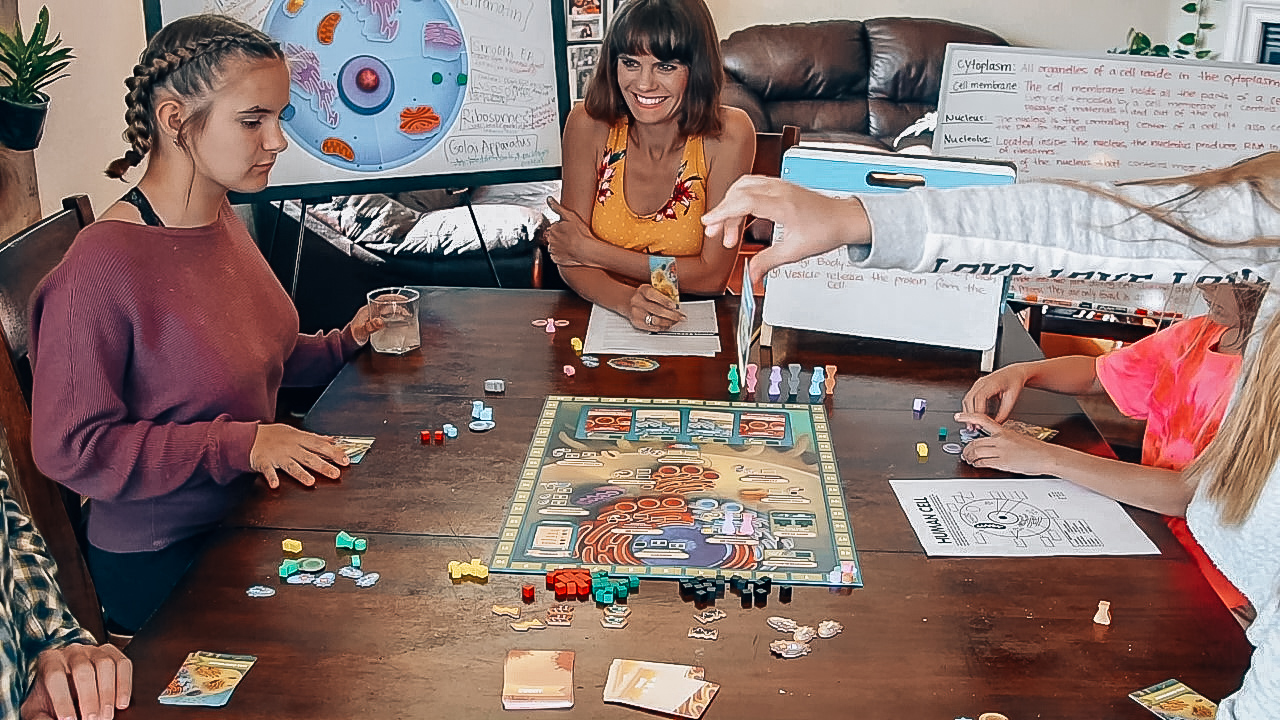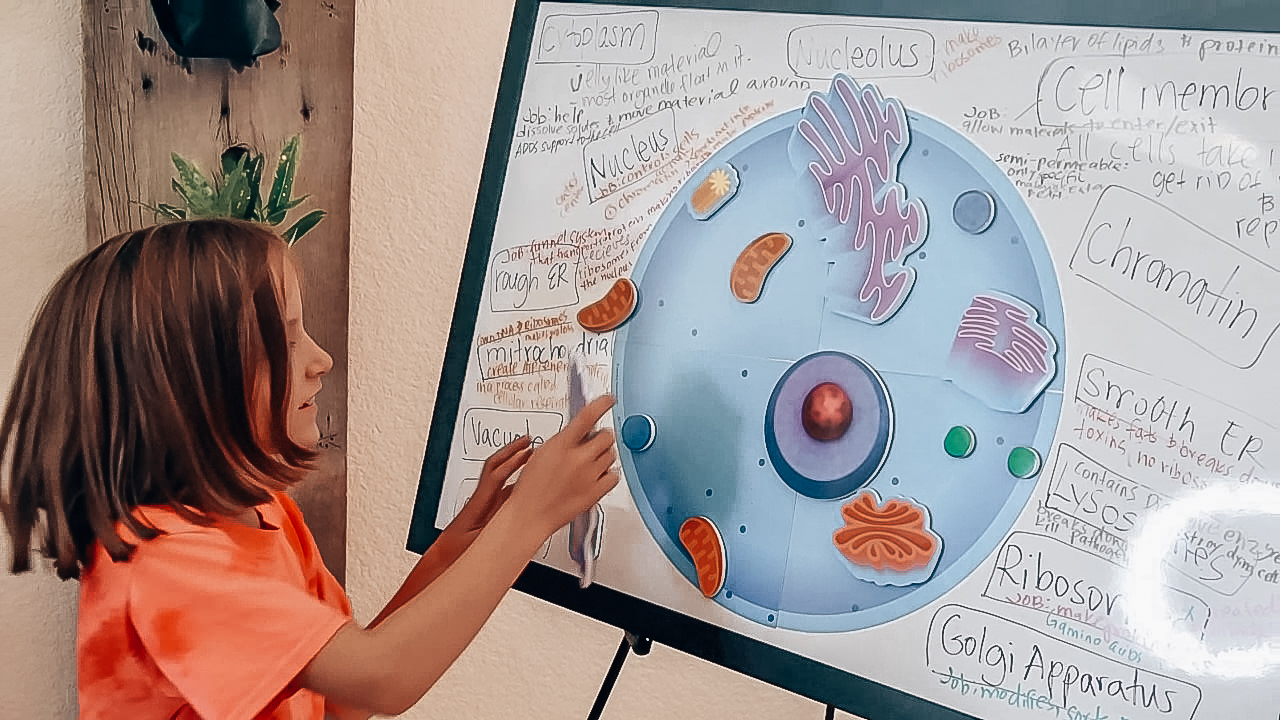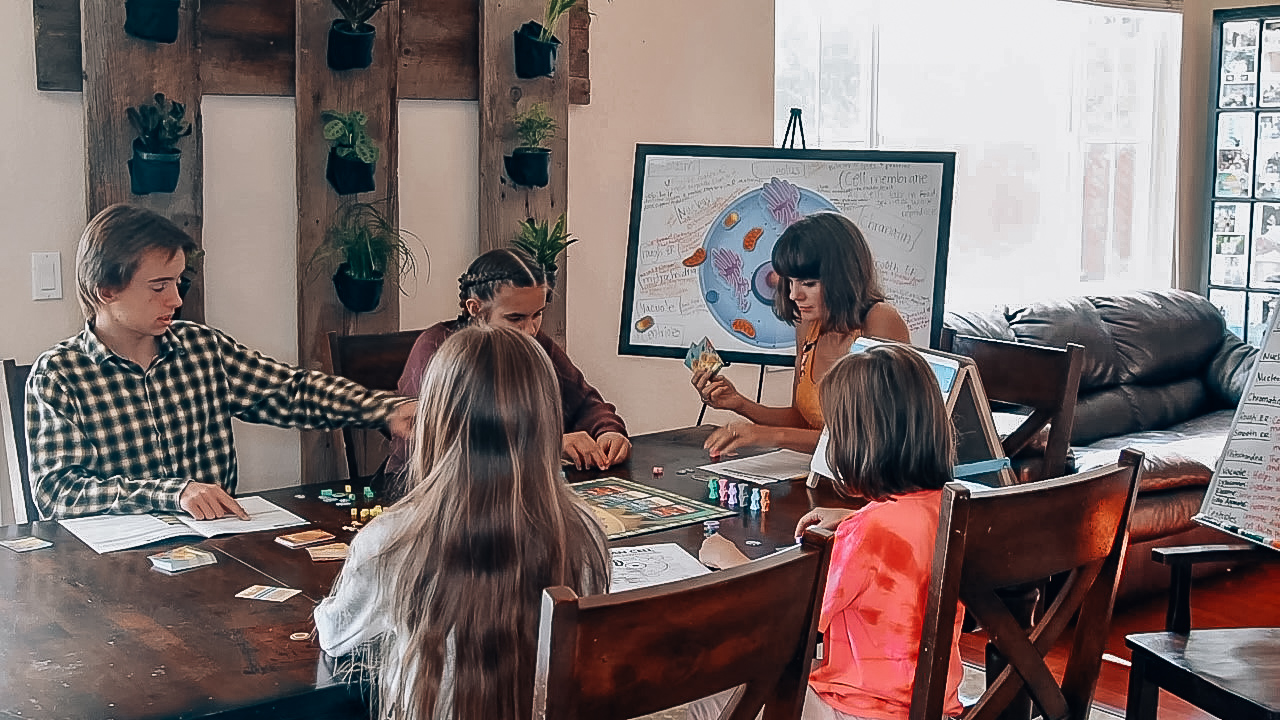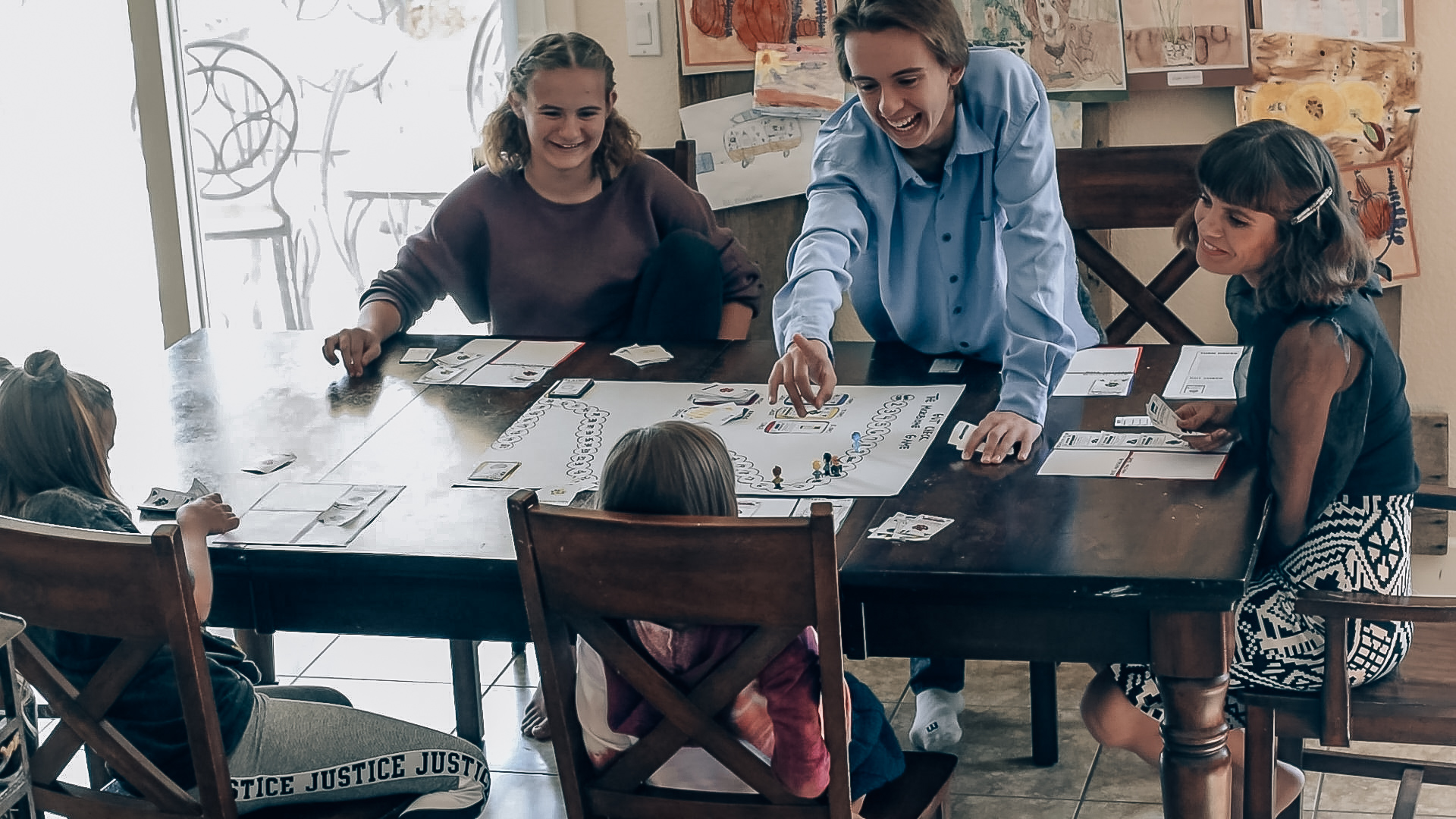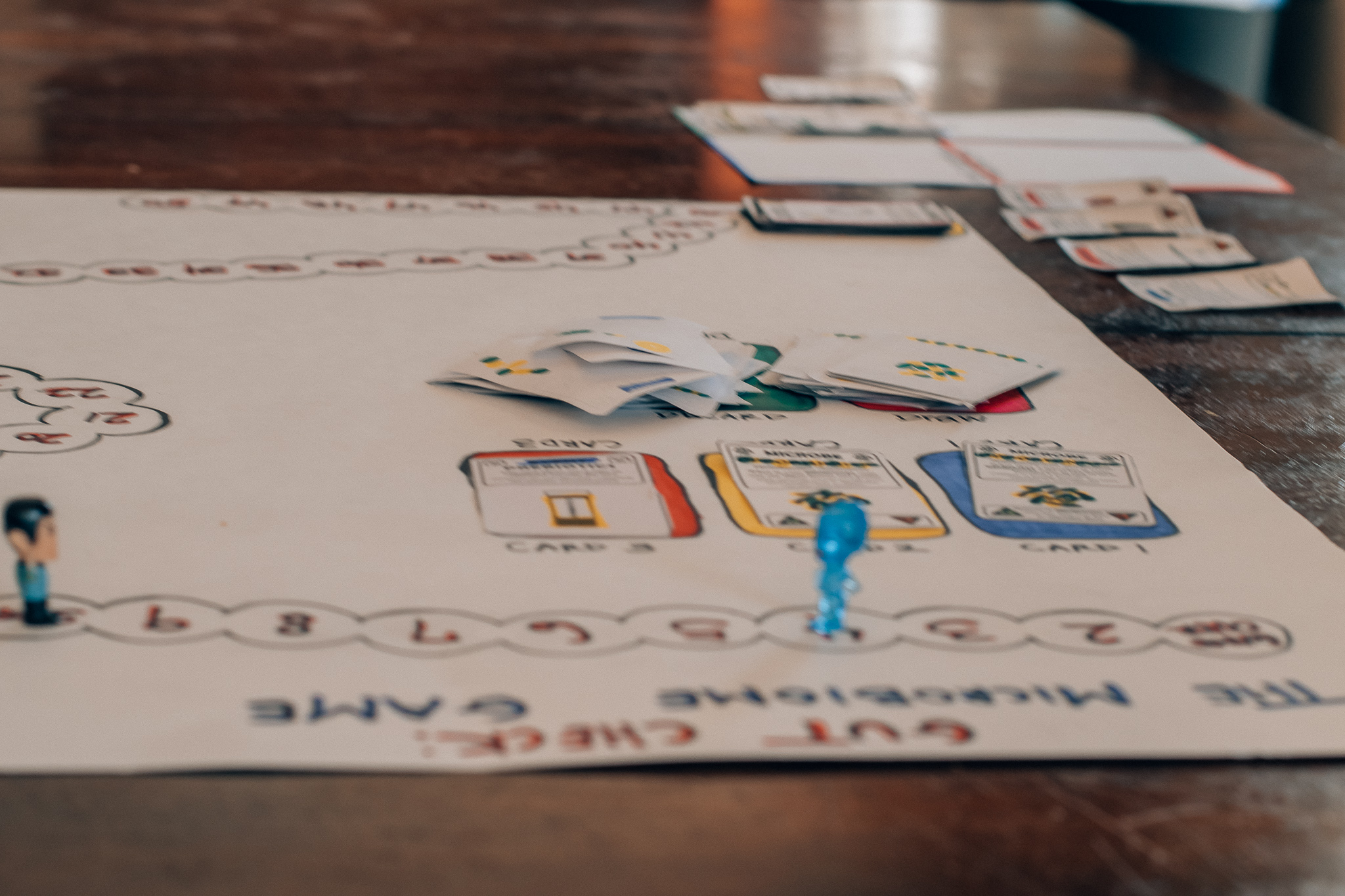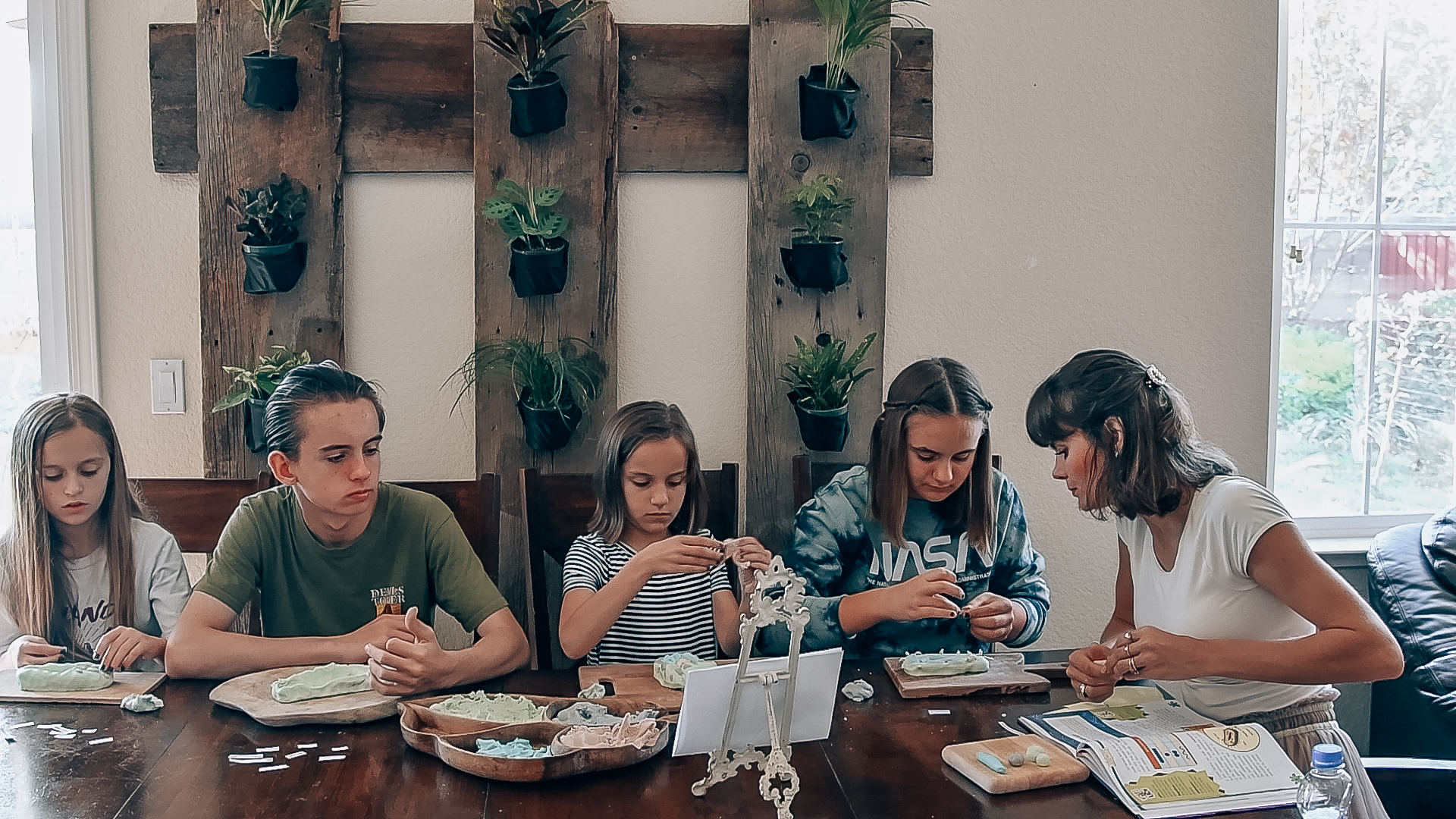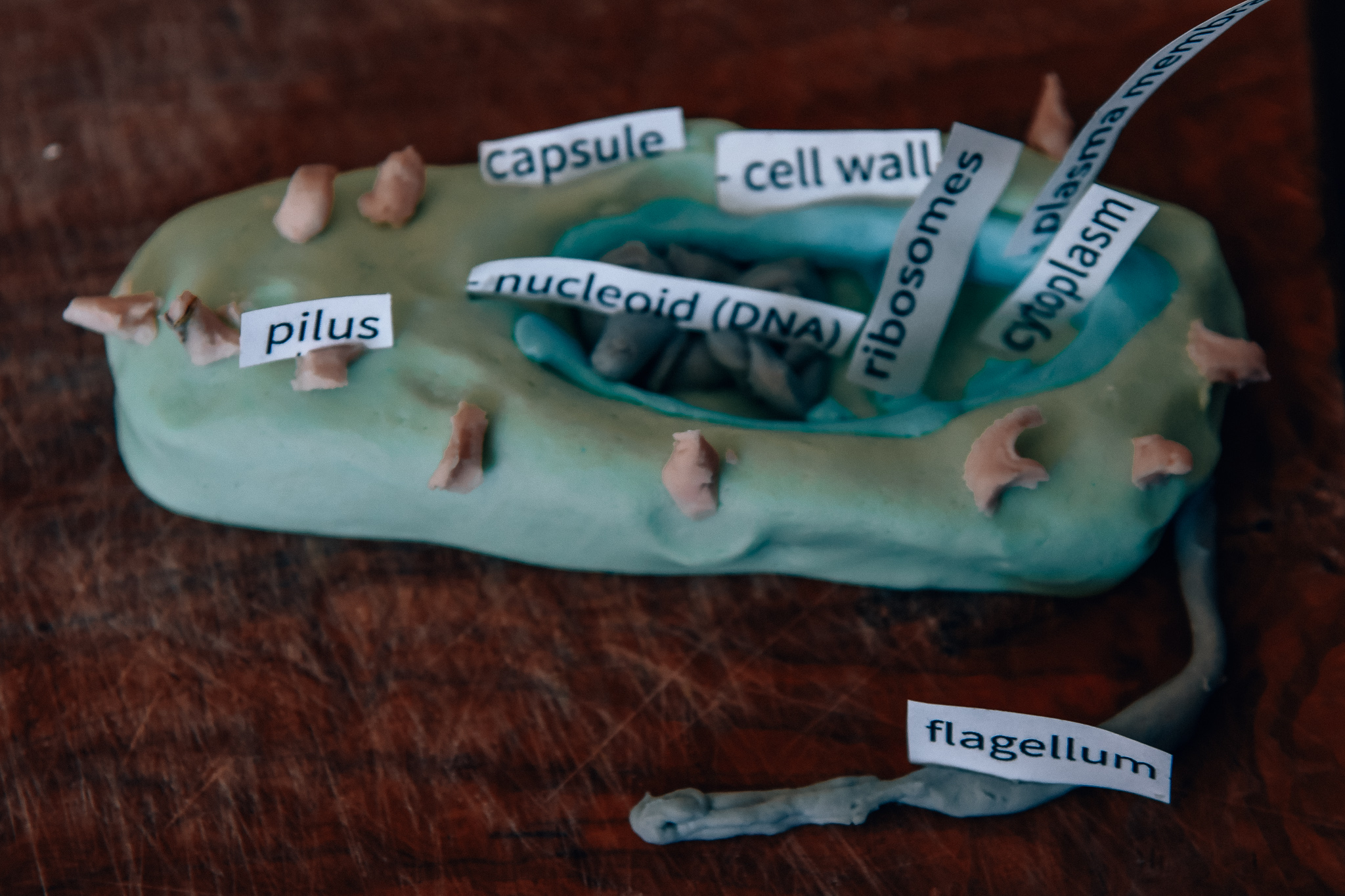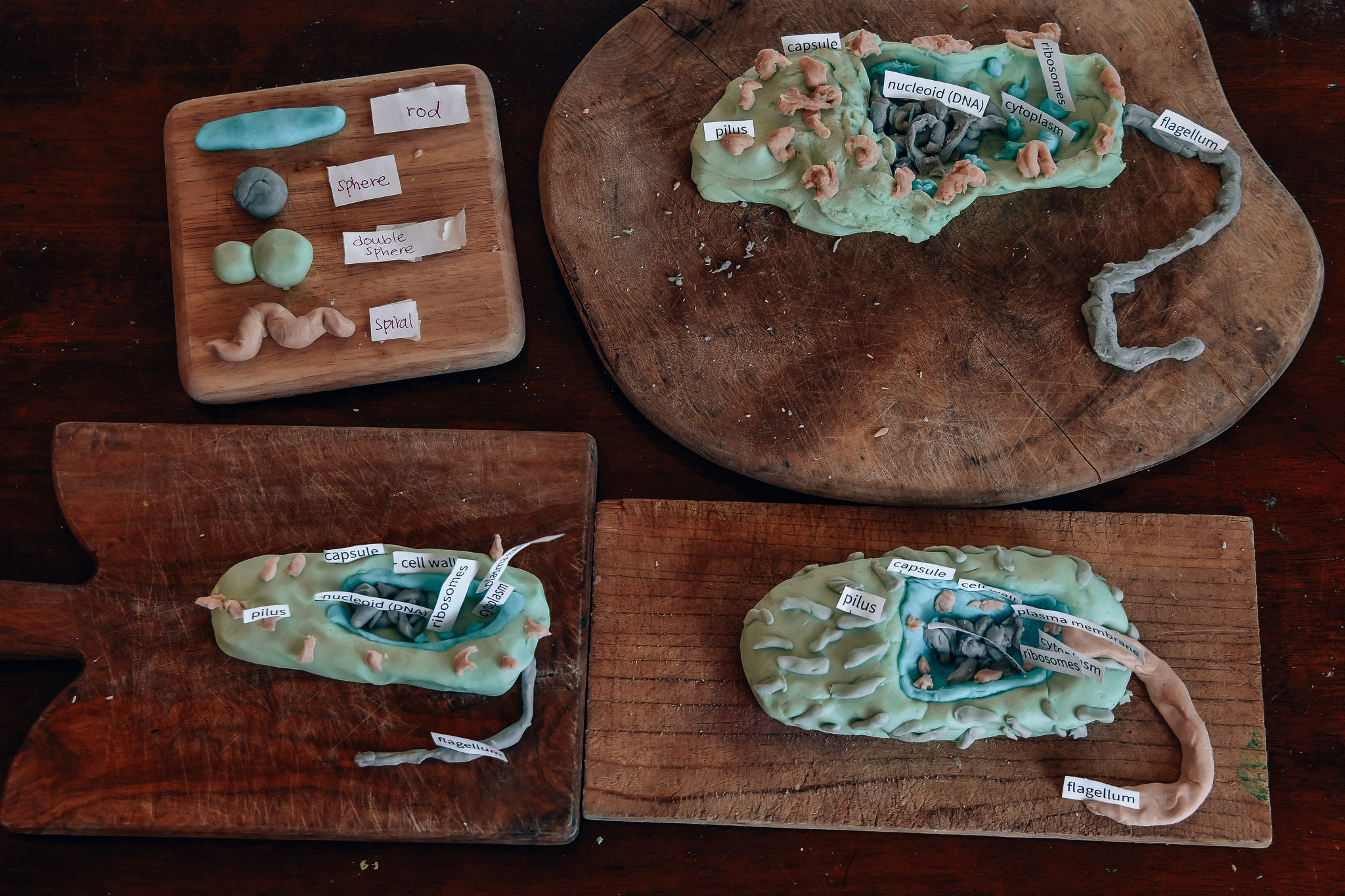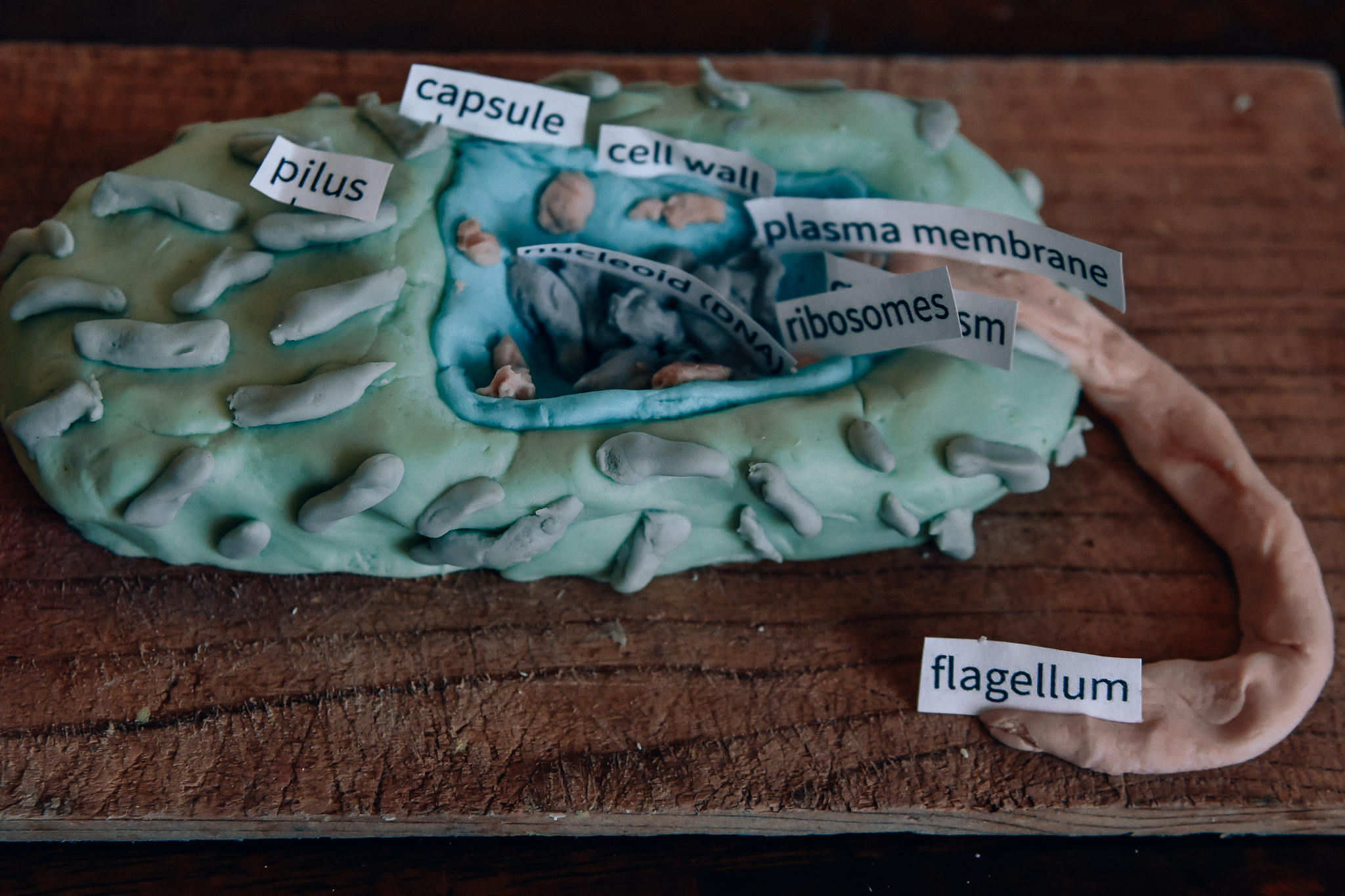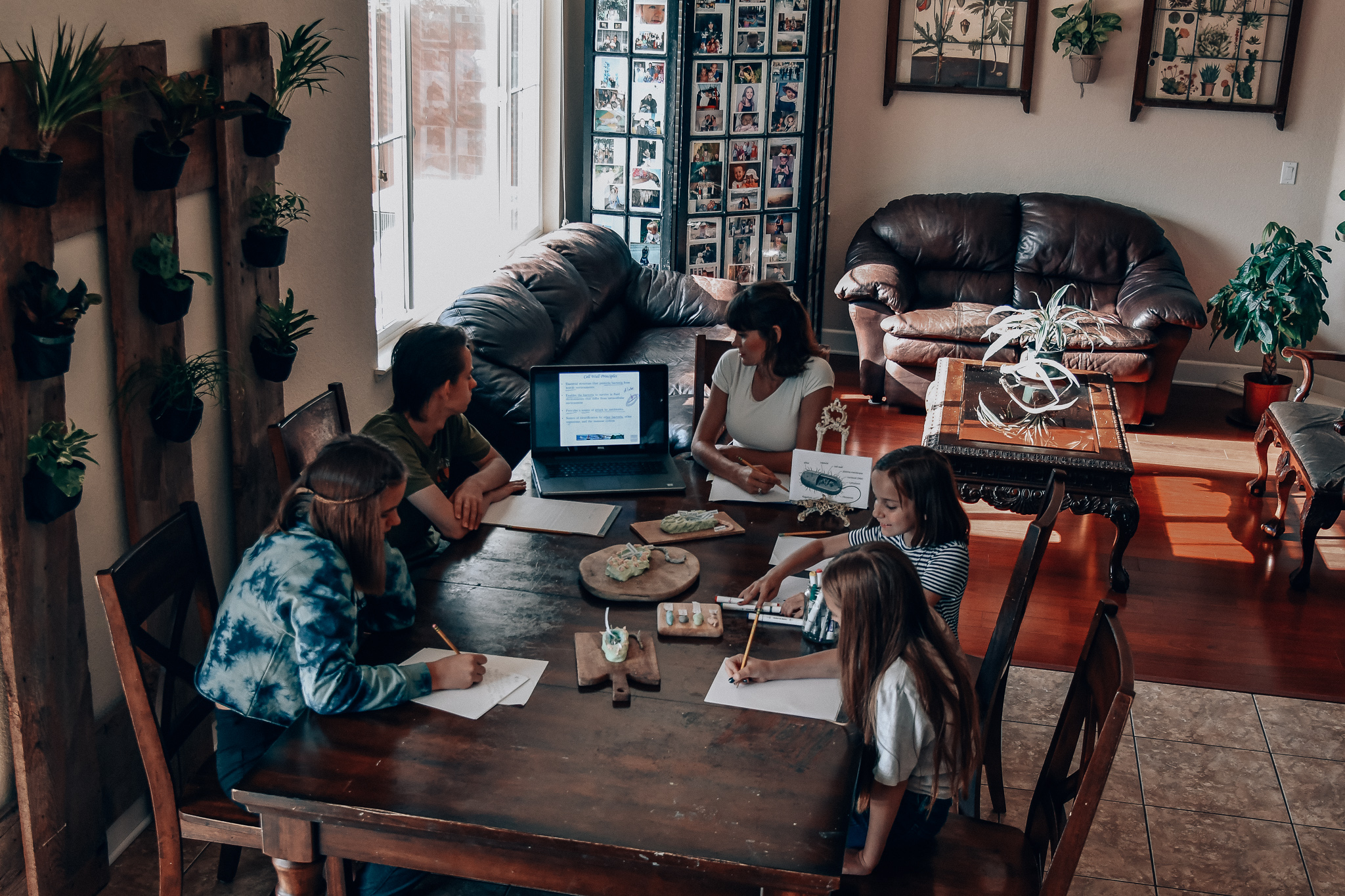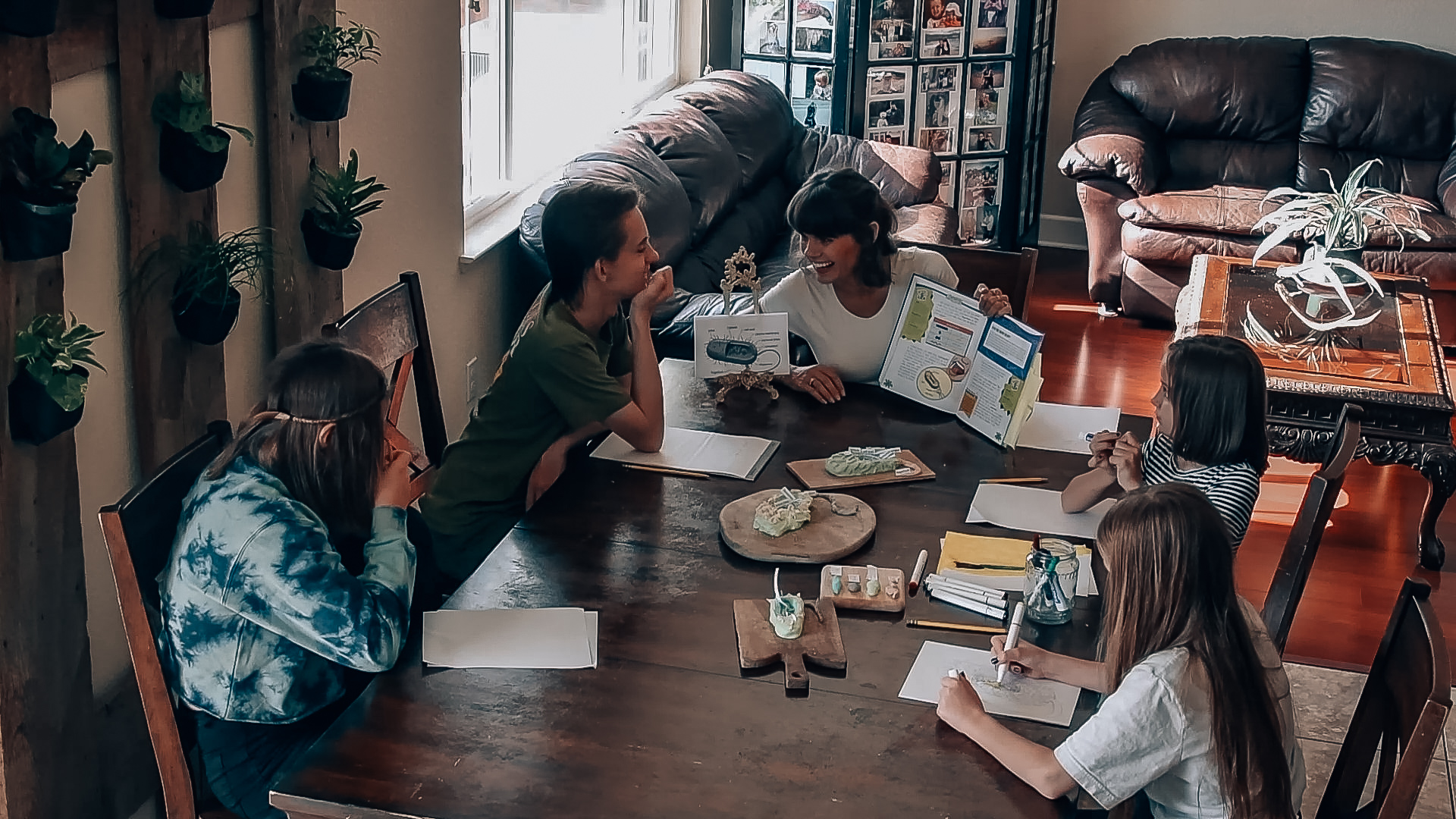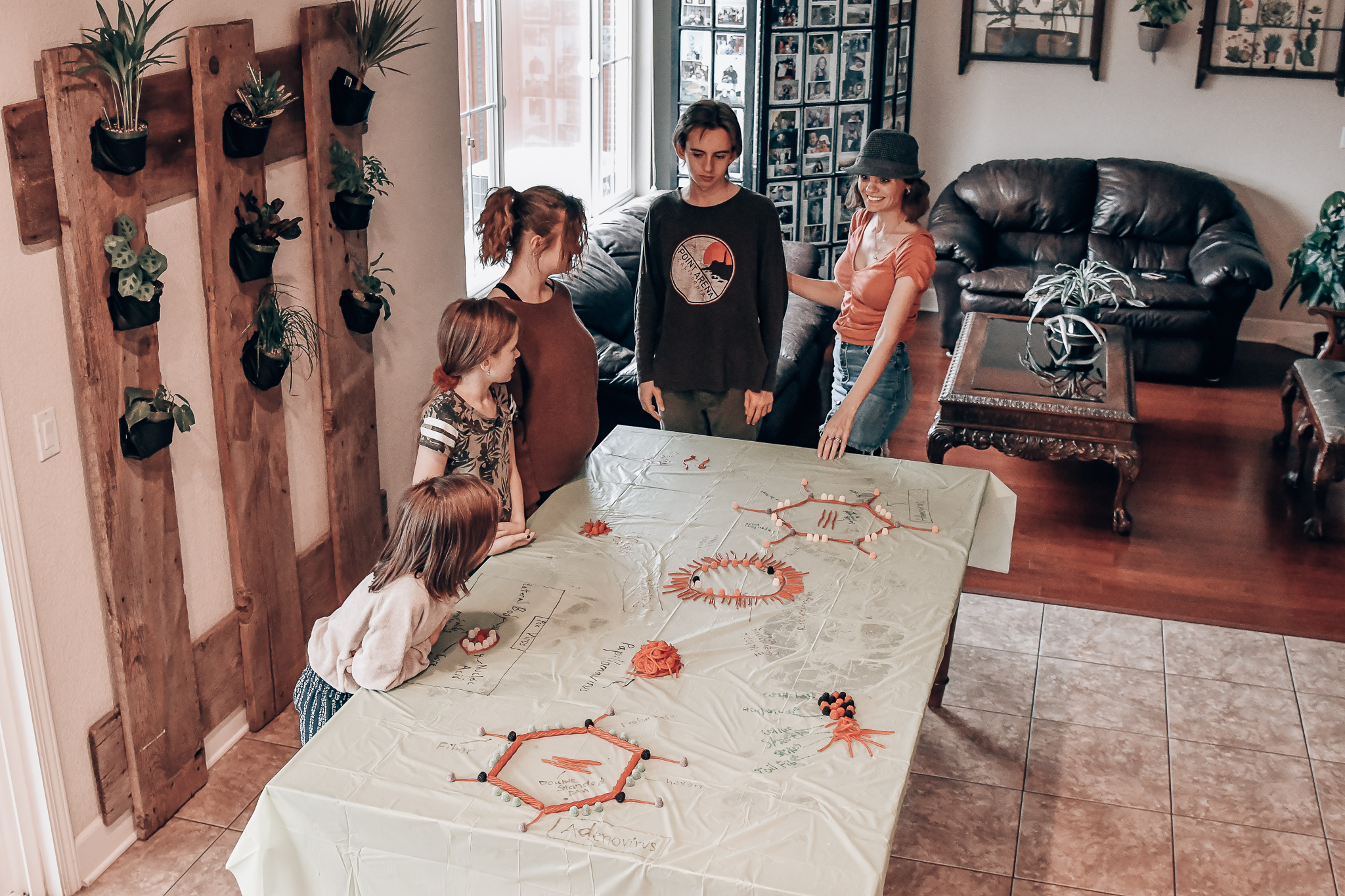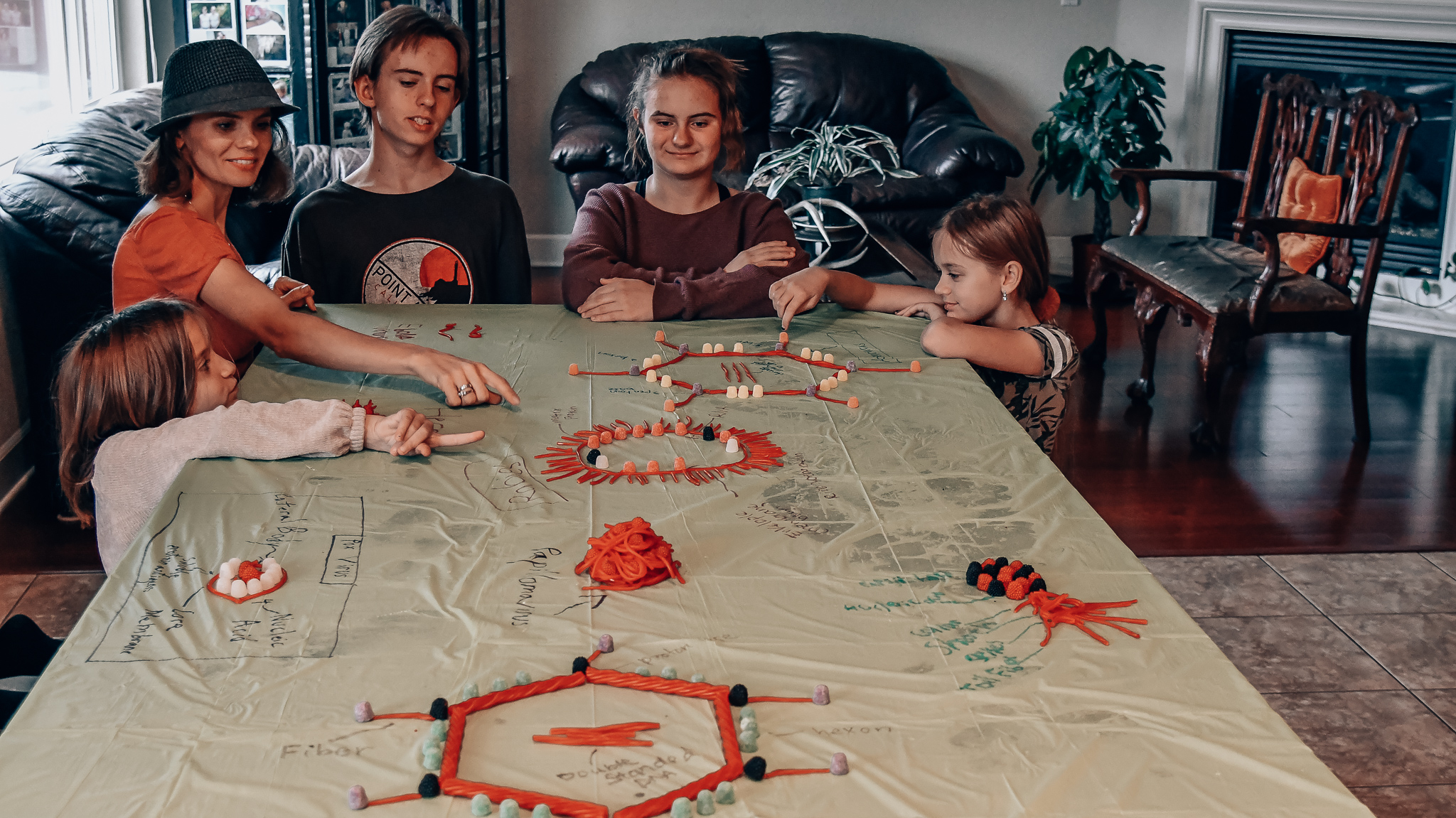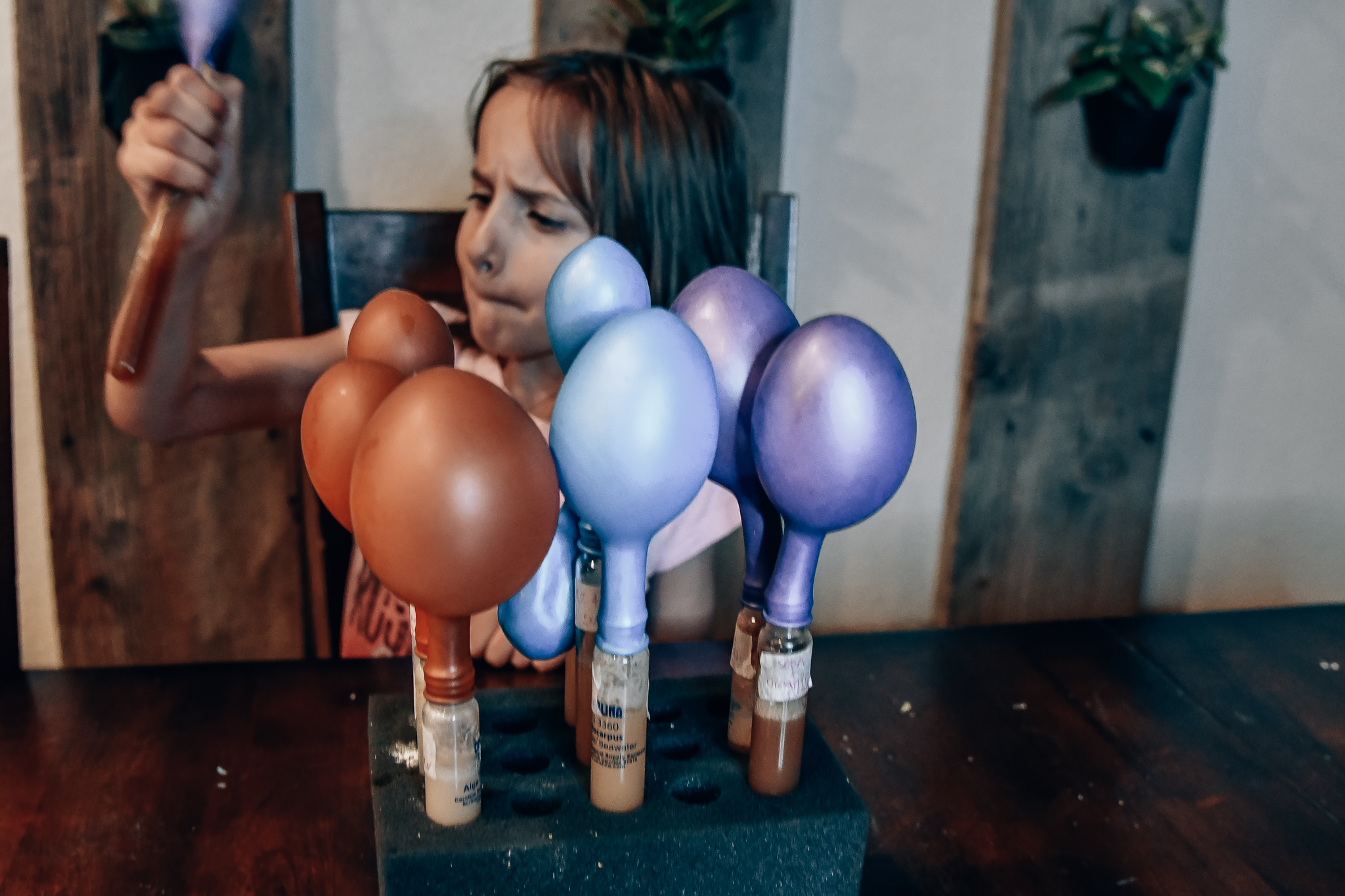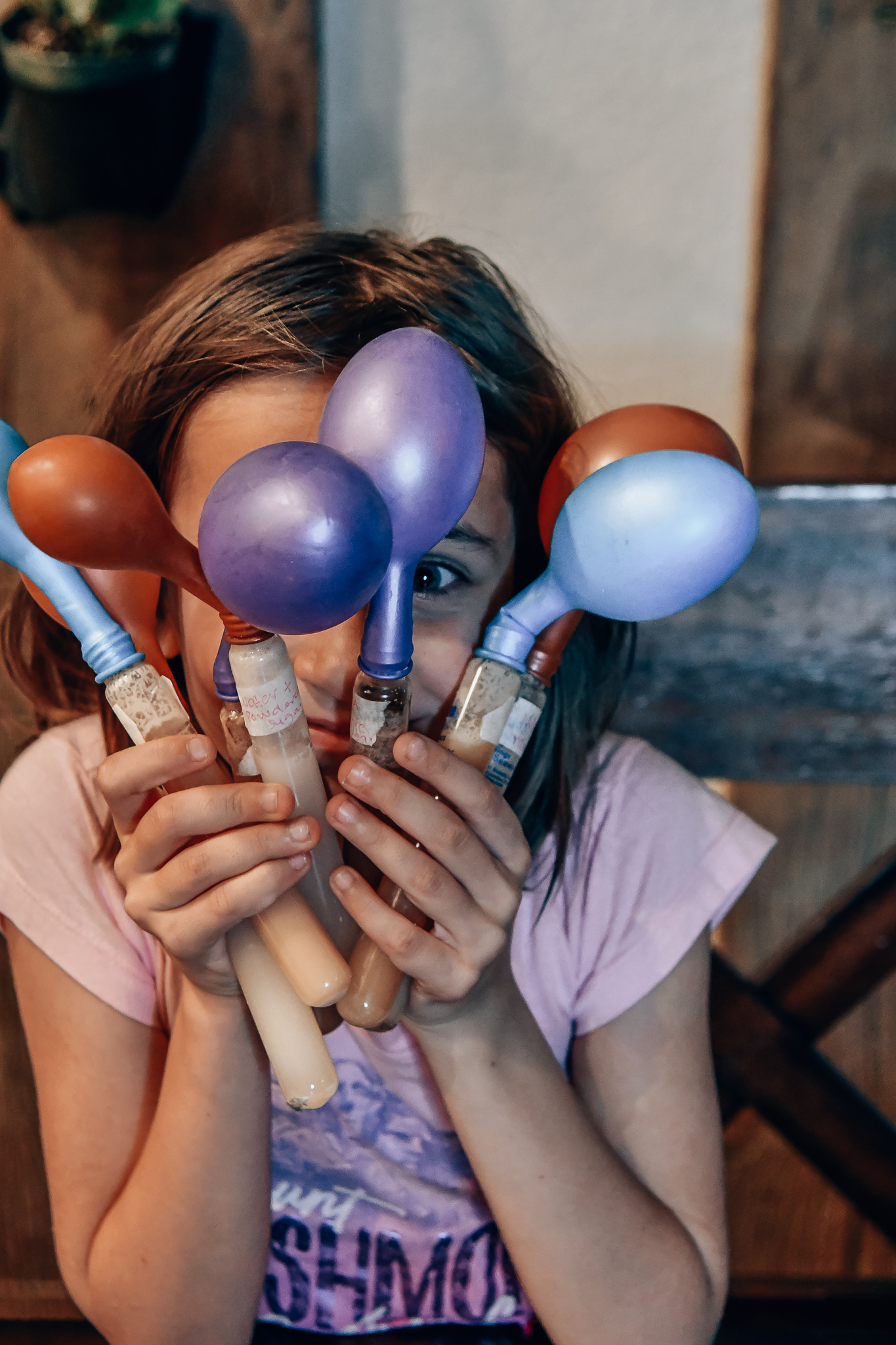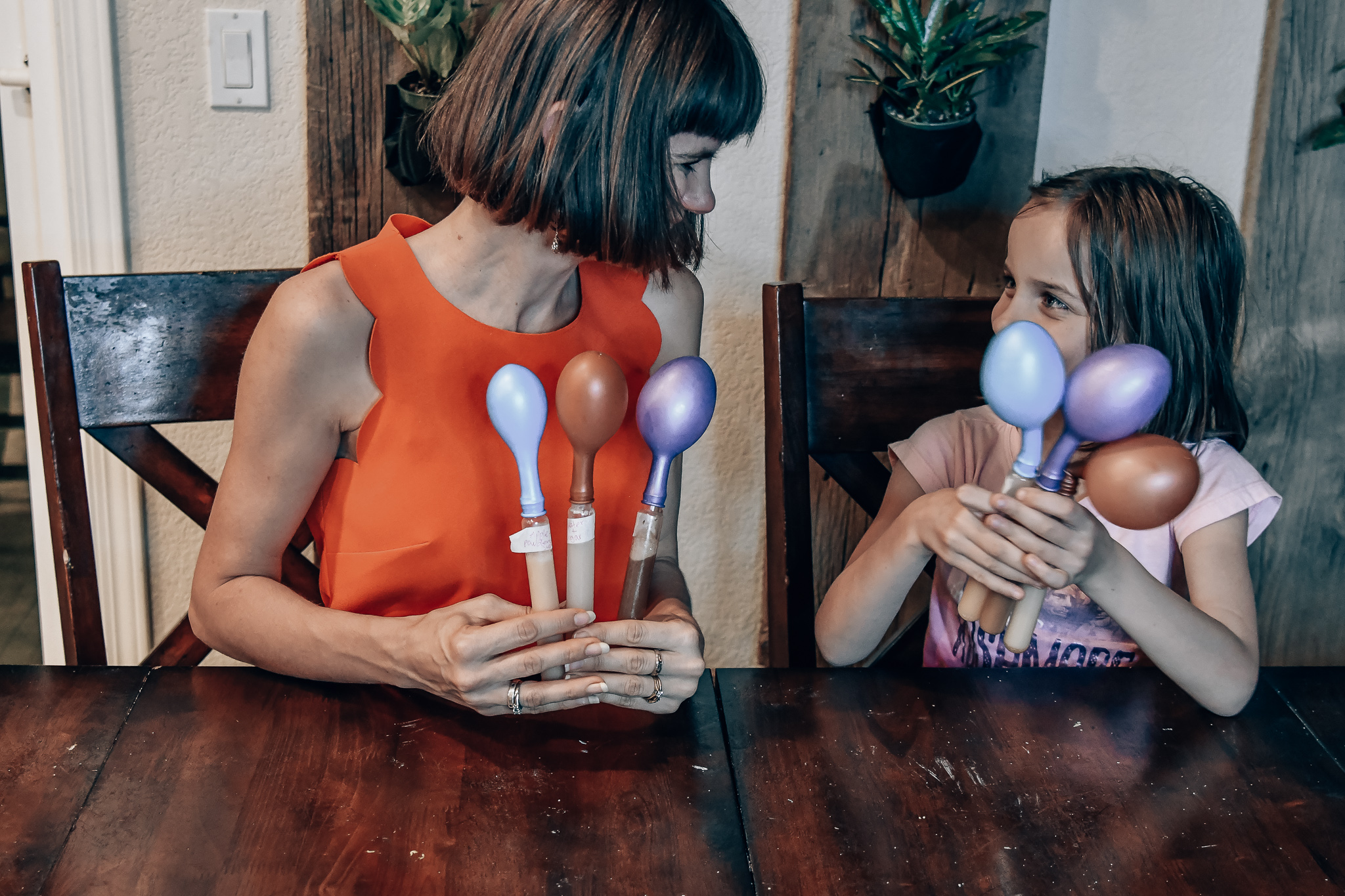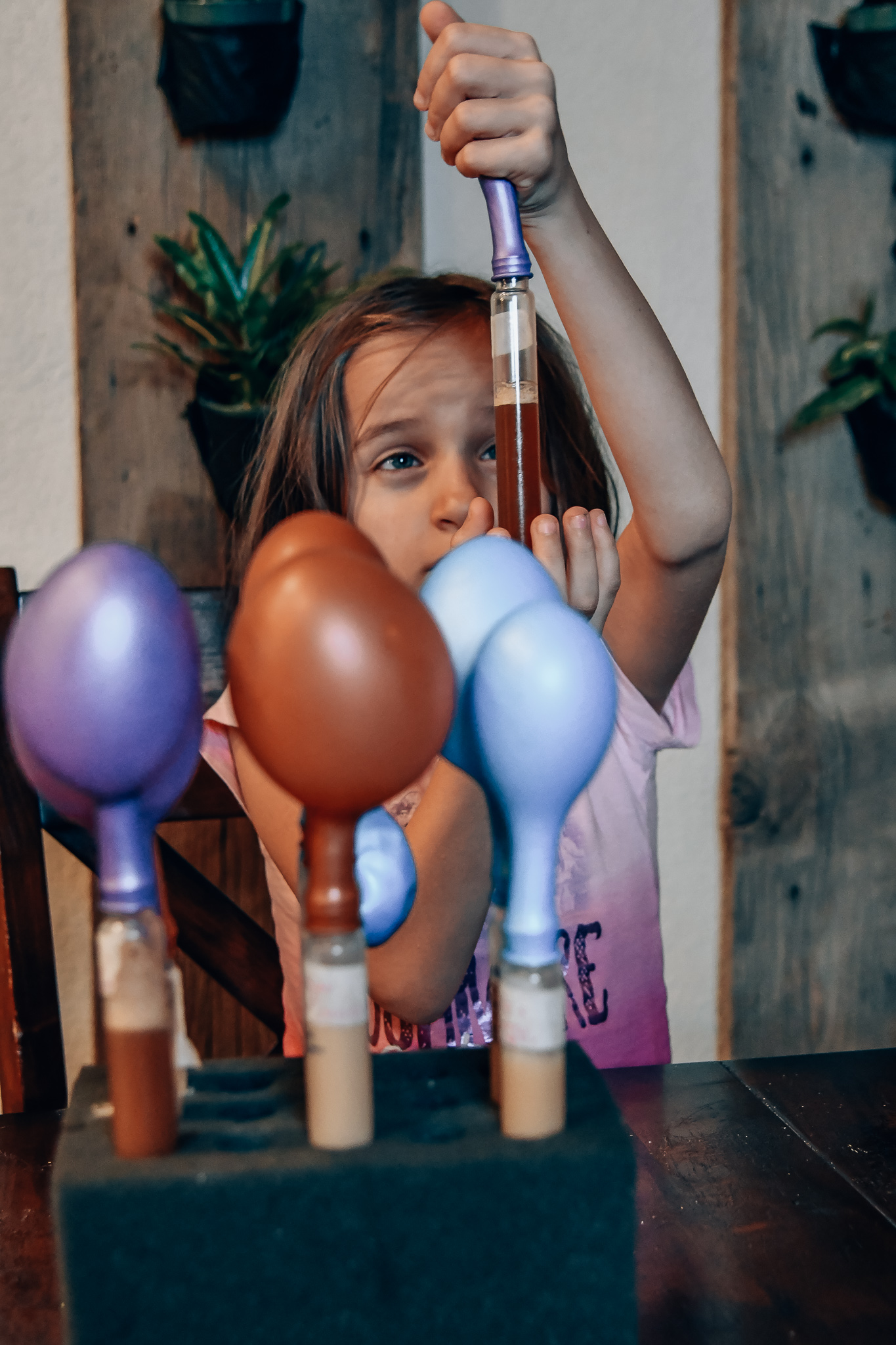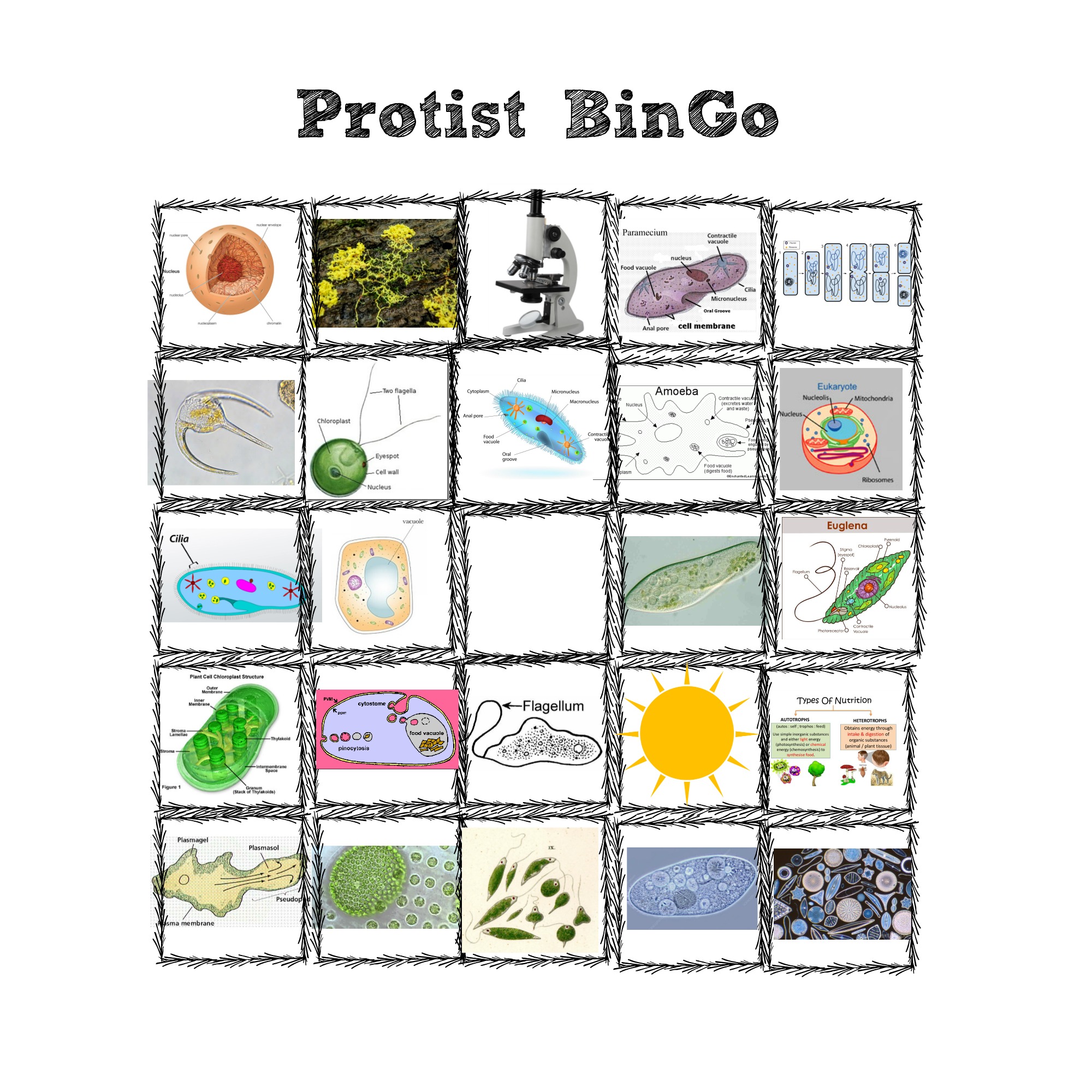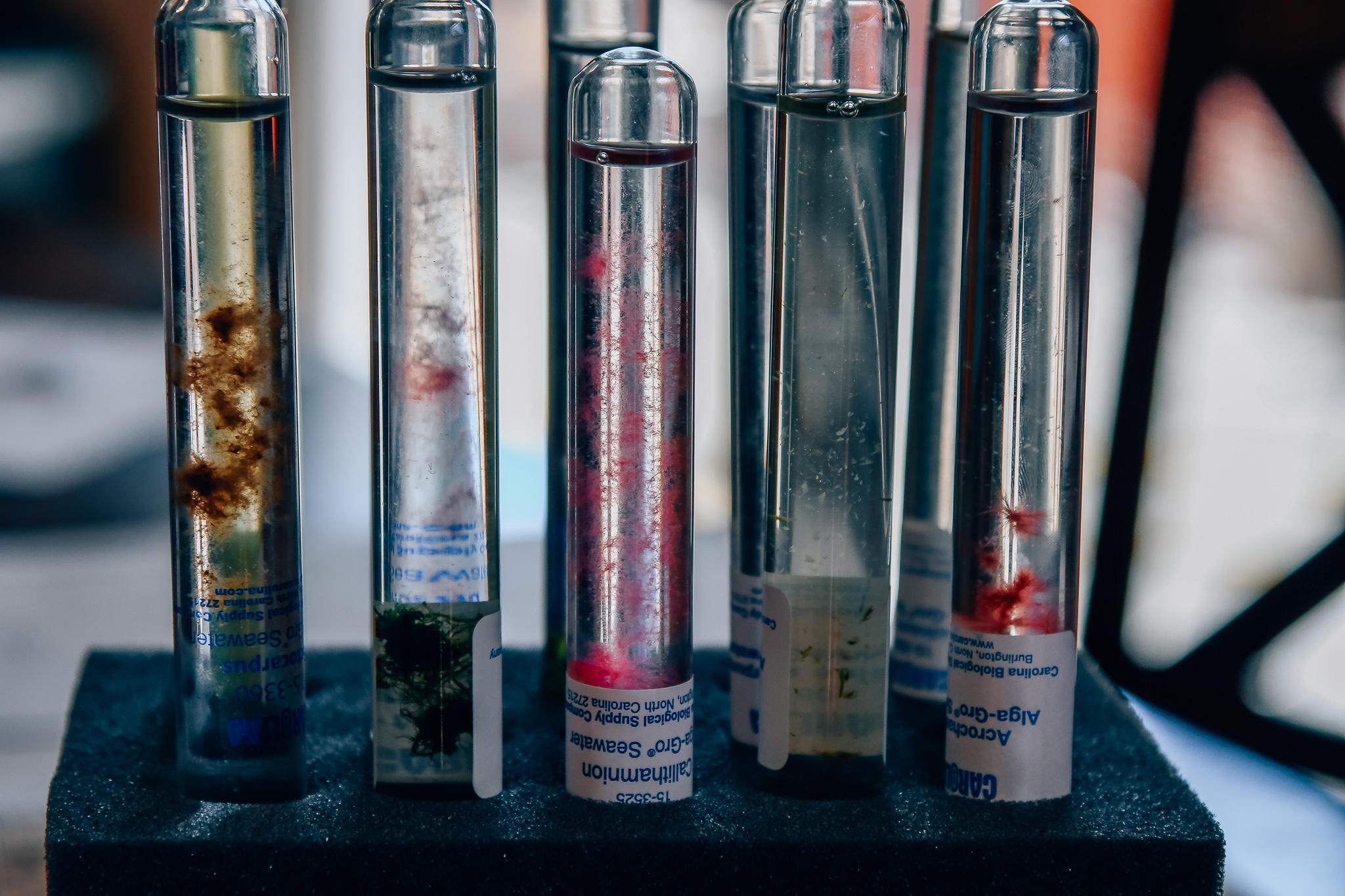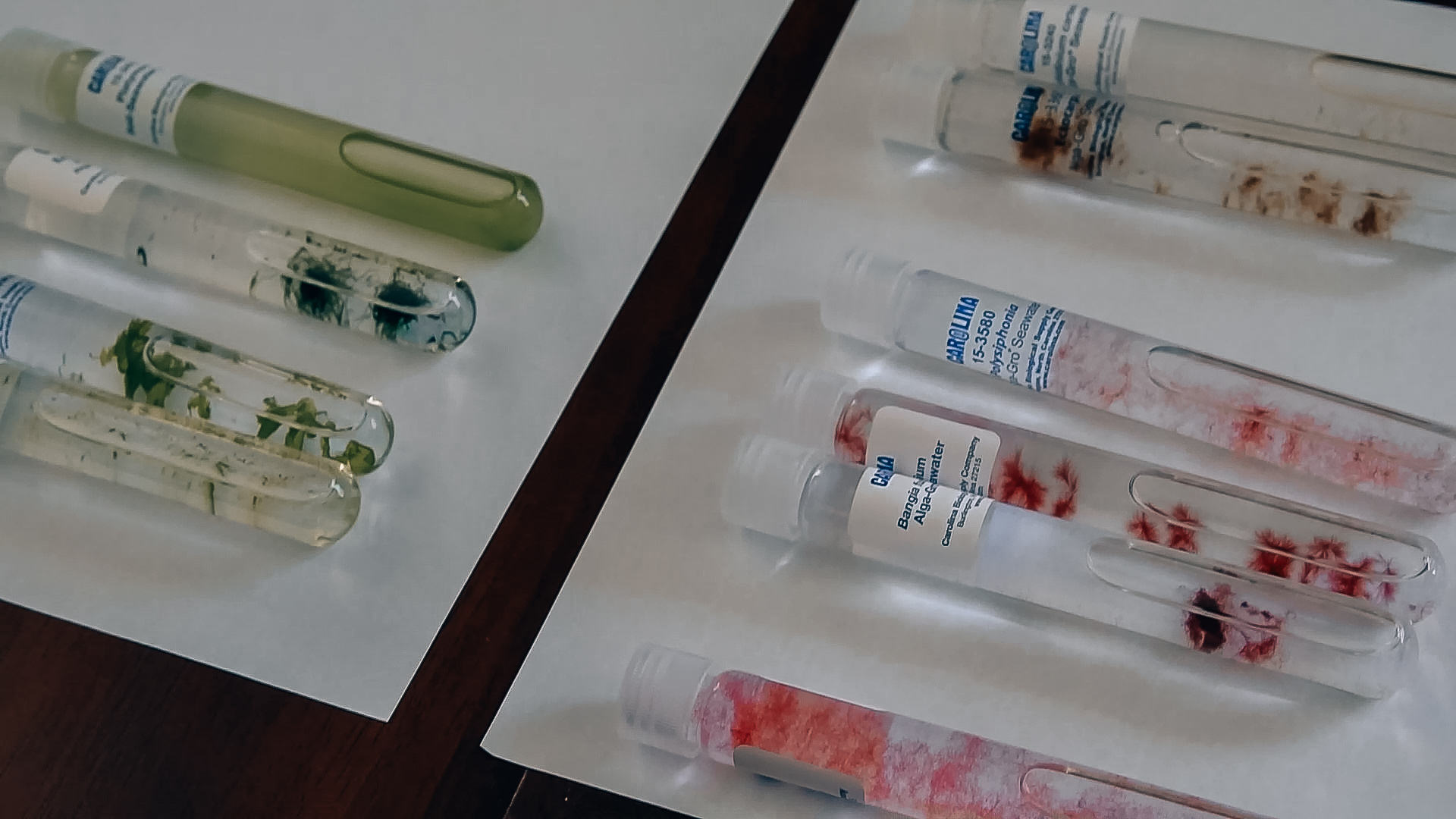Microbes are everywhere. You are made out of microbes. Aren’t you happy that you can’t see them (unless you have a microscope) eating, moving, or communicating with each other? Microbes live in soil, water, and air. Some of the microbes can make us sick while others are extremely healthy for us. Microbes can enter into our body through our mouth and nose. They can also enter if we have a cut or a breakage in the skin surface.
Cells
It is important to learn about cells because they are building blocks of life and you can’t fully understand how microbes work if you don’t know about cells.
Robert Hooke discovered cells.
Antonie Van Leevnhoek was the first person to see bacteria.
Cell Theory states:
1. All life is composed of one or more cells
2. Cell is the basic unit of life
3. All cells come from pre-existing cells
If all cells come from pre-existing cells then that means that there must have been a first cell.
Only God could have made cells.
Genesis 1:27 “So God created man in his own image, in the image of God he created him, male and female he created them.”
We learned about the parts of the animal cell.
You can get the Cytosis game here
You can get the giant animal cell here.
Gut Check : Microbiome Game
This is such a fun and easy game. This game is free and you can print it out here. I just transferred the game onto a poster board so that it could be bigger. It is so fun to call out, “hey, Gut Check.” You want to have good microbes while using bad microbes on your opponent.
Bacteria
Bacteria is living, it is not visible, and is both pathogen or symbiotic. An example of bacteria is E.coli which lives in our intestine. Bacteria are usually larger than viruses. They come in the shape of rods, spheres, double sphere, and spirals.
Bacteria exists in water, soil, animals, insects, on our skin, on plants, and in our intestines. Bacteria live in our bodily secretions (in our mouths and noses mucus). When we have a runny nose that means that harmful bacteria has joined the good bacteria.
To make your very own play dough you will need 1 cup of flour, 1/4 cups of salt, 1/2 cup of warm water, a few drops of oil, and some food coloring. You want to mix the salt with the flour. In a separate bowl mix the water with the food coloring and oil. Then slowly add the dry mixture to the wet mixture. If it is still sticky add more flour.
Viruses
Viruses are not living and are not visible. They are pathogens. They can not live on their own. They have to enter a living cell. So without a living cell viruses would not be able to multiply. An example of a virus is Ebola which causes infection and sometimes death. Right now many of us in the United States and around the world are required to stay inside because of the COVID-19. Viruses are very serious and dangerous.
We used candy that we bought at the dollar store. This is a fun way to learn.
Fungi
Fungi is living. Some of the fungi is visible. They are both pathogen and symbiotic. An example of fungi are yeast that is used to make bread.
Now fungi are decomposers which means that they digest any organic material. Fungi loves organic material such as dead leaves, trees, animals, and insects. This is an important job.
Yeast is a fungus and we can actually watch it in action.
What you need :
* balloons
* water
* empty water bottles
* sugar (3 different types)
* yeast
* apple juice
* soda
We used three different liquids and three different sugars to see which one would be more active.
Fill the bottle half way with your liquid. Add the same amount of sugar (1 tablespoon) and yeast (1 tablespoon) to each bottle. Shake the bottle well and then add the balloon.
Watch what the yeast does to the balloon.
Label each one of your bottles so that you know what you put into it. Each bottle gets only one type of sugar.
Protist/Algae
Protist are living and some are visible while others aren’t. They are both pathogen and symbiotic. An example is Algae which makes oil so we can fuel our cars.
Now I love Nori the seaweed paper. But did you know that Nori is actually a protist and that if you’ve ever eaten sushi before then you’ve eaten a protist.
Green Algae:
Live both in salt water and freshwater. They live just above flood line. They thrive in nutrient-rich waters.
Brown Algae:
Thrive in saltwater. Only a few species are found in freshwater. Examples are the Giant Kelp.
Red Algae:
These algae are black/red, purple, and soft pink. The color is determined by the amount of pigmentation in the seaweed. Now, the interesting thing is that red algae has green pigmentation but red pigments are dominate. Most red algae are found in salt water. They absorb blue light from the sunlight. Red algae does well in deeper waters. Red algae also grows slower than brown algae and green algae. There is a large amount of red algae in Asia. Sushi known as nori which is greenish/brown when you buy it at the store but this is the result of drying and roasting nori which changes the color.
We played a bingo game that I created. I used the following for the bingo game: unicellular, chlorophyll, heterotroph, contractile, vacuole, binary fission, algae, chloroplast, cilia, oral groove, food vacuole, pseudo-pod, flagellum, Eukaryota, protist, sunlight, amoeba, paramecium, volvox, autotroph, nucleus, eyespot, flagella, euglena, and microscope. Click here for free printable protist bingo game. There are three variations.
Thank you for reading our blog post. We share a new blog post every Thursday at 8 pm.
I have so many of you message me and asking me to show you how I put together our unit studies.
I’d love to help you.
If your thinking about homeschooling or your homeschooling and you want to know how you can plan and put together a unit study so that you can teach all of your children at once then this is for you.
I’ll explain what a unit study is, why unit studies are amazing, and show you how you can plan your very own unit studies.
Before the end of our one on one coaching session you will have planned your very first unit study.
If you would like to do a one on one call with me through zoom please email me at homeschoolhomegrown4@gmail.com.
This post contains affiliate links. This means that if you click on the link and purchase the item, I will receive an affiliate commission at no extra cost to you. All options remain my own.

